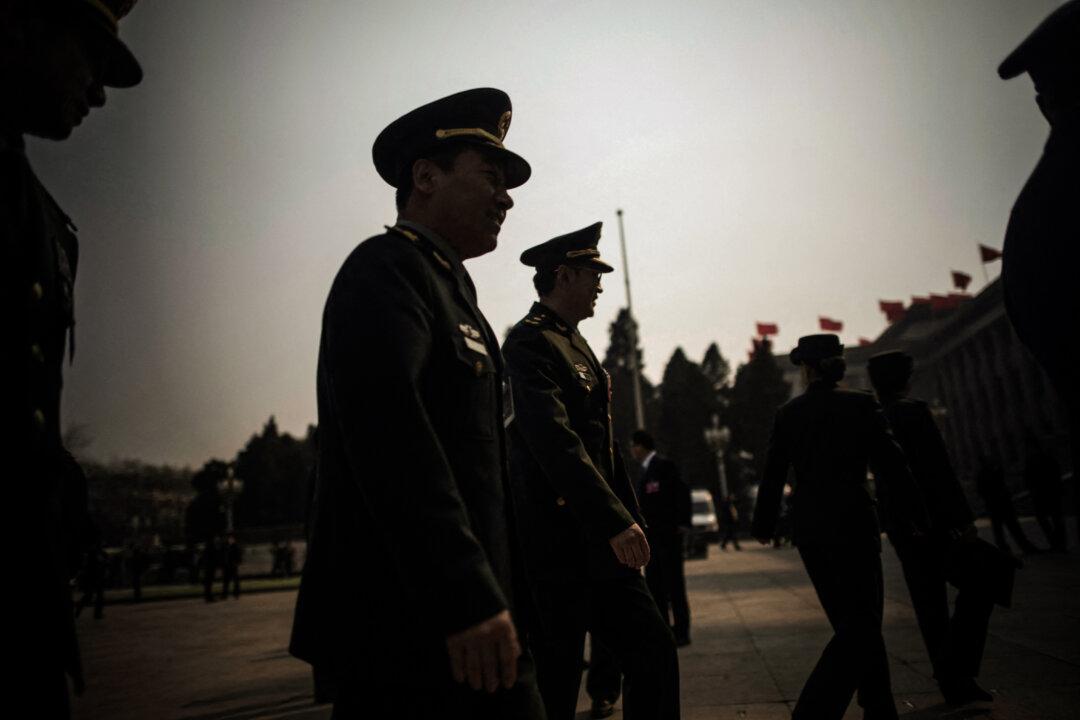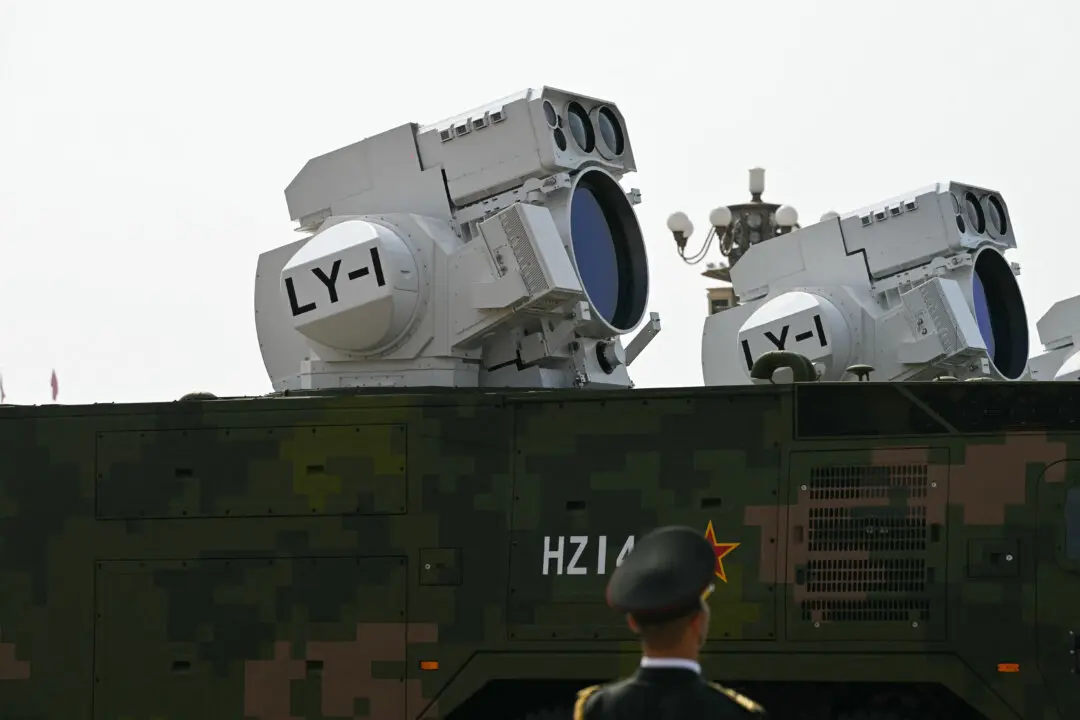Commentary
China has once again increased its defense budget, citing rising security threats from the United States. Although calculating and comparing military spending is complex, estimates still suggest that China’s military budget lags far behind that of the United States.
Beijing has warned that it is ready for “any type of war“ with the United States as tensions escalate over trade tariffs. President Donald Trump has imposed tariffs on all Chinese goods, prompting China to retaliate with 10 percent to 15 percent tariffs on U.S. farm products. In a statement, China’s embassy in Washington said, ”If war is what the U.S. wants ... we’re ready to fight till the end.”
At the annual meeting of China’s rubber-stamp legislature, the National People’s Congress, Premier Li Qiang announced on March 5 a 7.2 percent increase in China’s defense budget, matching last year’s increase. He warned of “changes unseen in a century” and framed China as a stable power, contrasting with U.S. involvement in conflicts in the Middle East and Ukraine.
Despite a slowing economy, China Daily, a Chinese Communist Party (CCP) mouthpiece, defended the increase as “reasonable“ and ”restrained,” noting that China’s defense spending has grown steadily at under 10 percent annually since 2016.
China’s military budget now stands at 1.78 trillion yuan ($246 billion), the world’s second-largest, yet it remains below 2 percent of GDP—far less than Russia (5.9 percent of GDP) or the United States (3.4 percent of GDP). Analysts, however, suspect China underreports actual spending. Meanwhile, Washington continues to pressure allies such as Japan, South Korea, and European nations to raise their military spending to at least 2 percent of GDP.
Although the exact details of China’s defense spending remain undisclosed, the RAND Corporation identifies key factors that will determine whether China can develop a military capable of challenging U.S. interests in Asia: sustained economic growth, efficient allocation of resources to the military, and continued modernization of its defense industry.While China’s economy isn’t expected to grow as rapidly as it did in past decades, it still managed 5 percent growth last year, and the National People’s Congress has set the same target for 2025. However, looking ahead, as China’s population ages and urbanization continues, Beijing will face growing demands for social spending—on pensions, health care, and infrastructure—which could limit the funds available for military expansion.





